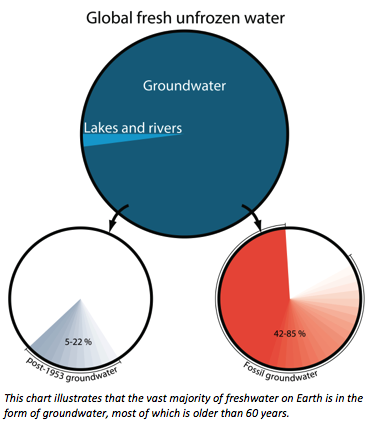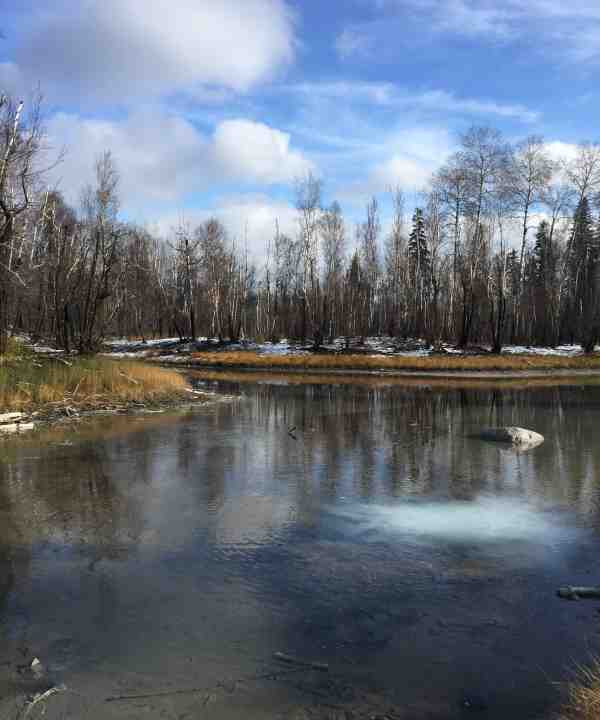April 25, 2017 | Water in the West | News
Most of the groundwater that is accessible by deep wells is old, but still vulnerable to modern contamination, reports a study published today in Nature Geoscience by researchers from University of Calgary, Stanford, and other institutions.
The world’s groundwater provides drinking water and irrigation for billions of people around the world. Some of this groundwater is young and easily affected by pollution and changes in climate. But much more is old groundwater that has been stored beneath the Earth’s surface for thousands of years. Old groundwater is more difficult to sustainably harvest, but it is largely protected from climate variability and—it had been widely assumed—immune to contamination from human activity.
“Fossil groundwater is an immense resource, but it is vulnerable to both contamination and overuse,“ said Scott Jasechko, a professor at the University of Calgary and lead author of the study.
Researchers dated groundwater from over 6,000 wells around the globe and found that fossil groundwater—water stored in aquifers for more than 12,000 years—accounts for between 42 and 85 percent of total aquifer storage in the upper kilometer of the Earth’s crust. This fossil groundwater comprises the majority of groundwater pumped from wells deeper than 250 meters.
 “Fossil groundwater is important to consider when managing our water resources. In some parts of the western U.S., we already drill wells deep enough to pump fossil groundwater,” said Debra Perrone, a postdoctoral scholar with Stanford’s Water in the West program and a coauthor on the study.
“Fossil groundwater is important to consider when managing our water resources. In some parts of the western U.S., we already drill wells deep enough to pump fossil groundwater,” said Debra Perrone, a postdoctoral scholar with Stanford’s Water in the West program and a coauthor on the study.
The study also shows traces of tritium—a radioactive isotope of hydrogen—in over half of the wells that were analyzed. This is significant because tritium was spread around the globe by nuclear testing conducted in the 1950s, and its presence shows that at least some of the groundwater in the deep wells post-dates 1950.
These findings imply that fossil groundwater in wells is often mixed—either in the wells or in the aquifer itself—with much younger water and whatever contaminants it carries. The researchers conclude that, as the old groundwater is recycled over thousands of years, any contamination of this crucial water resource will persist on human timescales.


![[Woods Logo]](/sites/default/files/logos/footer-logo-woods.png)
![[Bill Lane Center Logo]](/sites/default/files/logos/footer-logo-billlane.png)